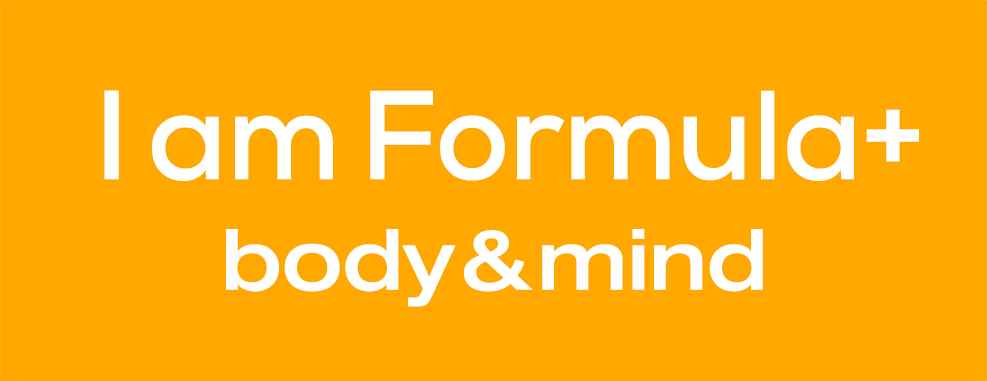
글루타치온을 알아보자
● 면역 체계의 핵심 천연 항산화제, 글루타치온
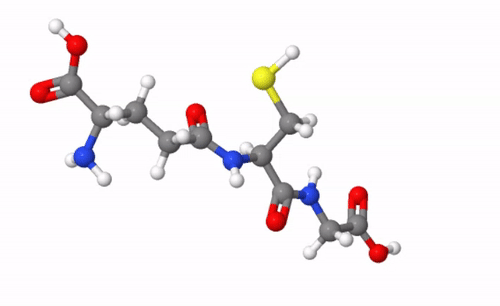
글루타치온은 1888년 J. de Rey-Paihade가 최초로 효모추출물과 다양한 동물 조직(소고기 골격근과 간, 생선 골격근, 양 소장, 양 뇌)과 신선한 달걀 흰자에서 발견한 역사가 깊은 원료입니다. 2017년 4월 Luxembourg Institute of Health의 Dirk Brenner와 7개국 공동저자는 글루타치온이 항산화제로서의 기능 외에도 T 세포 에너지 대사를 자극한다고 발표했습니다 . 이 자극을 통해 T 세포는 최적의 면역 반응을 생성하고 병원균과 싸울 수 있습니다. 이 발견은 암 및 자가면역 질환에 대한 새로운 치료법으로 이어질 수 있습니다.
● 글루타치온은 어떤 역할을 하나요?
1. 항산화효과 (체내 활성산소 중화)
글루타치온은 마스터 항산화제, 항산화제의 어머니로 불릴만큼 만병의 근원인 활성산소를 중화시켜줍니다.
활성산소는 세포를 손상시키고 산화스트레스를 유발시키는데, 활성산소는 하나 이상의 전자가 없기 때문에 활성산소는 산화라는 과정에서 다른 분자로부터 전자를 훔칩니다. 그래서 활성산소가 항산화제의 능력을 능가하면 산화 스트레스를 유발하게 됩니다. 그리고 산화 스트레스를 방치하게 되면 당뇨, 암, 심혈관 질환, 알츠하이머, 신장질환 등 다양한 질병을 유발시킬 수 있게 됩니다.
글루타치온은 활성산소에 전자를 제공하여 활성산소가 다른 세포로부터 전자를 훔치지 않도록 합니다.
활성산소는 신체의 크고 작은 거의 모든 질병과 연관성이 있기 때문에 이 활성산소를 꾸준히 제거하는 것은 상당히 중요합니다. 글루타치온은 활성산소를 중화하고 세포기능을 증가시키고 세포 회전율을 촉진합니다.
2. 체내 해독 효과
글루타치온은 신체내 해독을 돕는 세포내 파수꾼 역할을 합니다.
신체는 약물이나 공해와 같은 유해한 화합물에 지속적으로 노출되는데 글루타치온은 독소가 상호 작용하여 결합하면 독소를 수용성으로 만들어 체내에서 배출될 수 있도록 합니다.
● 잠깐, 활성산소란?

활성산소가 만병과 노화의 근원이라는 사실은 이미 의학계에서 밝혀진 사실입니다.
미국 홉킨스대 의과대학은 모든 질환의 90%가 활성산소에 영향을 받고 10%는 세균과 바이러스성 질환이라 밝힌바가 있을 정도로 활성산소는 우리 몸의 세포와 DNA를 공격해 각종 만성 질환과 노화를 불러오는 주범으로 알려진 유해 물질로, 암, 염증, 뇌 손상, 당뇨, 관절염, 만성위장병, 두통, 만성피로, 무력감뿐 아니라 동맥경화증, 신장질환, 알레르기성 피부염의 원인이 됩니다.
● 글루타치온의 20가지 효과

1. 신체내 산화 스트레스 제거
본질적으로 산화 스트레스는 암, 염증, 뇌 손상, 당뇨, 관절염 등 다양한 건강문제와 관련이 있습니다.
글루타치온은 신체내 산화 스트레스를 감소시켜 세포와 DNA가 손상되는 것을 막아줍니다. 연구에 따르면 정상적인 글루타치온 수치를 유지하면 산화적인 손상으로부터 신체를 보호하는 데 도움이 될 수 있습니다.
2. 염증 감소
글루타치온은 염증성 사이토카인 생성을 차단합니다. 만성 질환으로 고통받는 경우 사이토카인은 낮은 수준의 염증상태를 유지하는 경우가 많습니다.
글루타치온의 결핍은 생쥐에서 염증을 일으켰습니다. 그리고 염증 경로를 차단하였을때 그 수준이 회복되었습니다. 이것으로부터 글루타치온 수치를 높이면 염증이 낮아지는 긴밀한 상호관계가 있음을 시사합니다. Autoimmunity Reviews지에 발표된 2009년 연구에 따르면 글루타티온은 신체의 면역 반응을 자극하거나 억제하여 염증을 조절하는 데 도움이 될 수 있습니다.
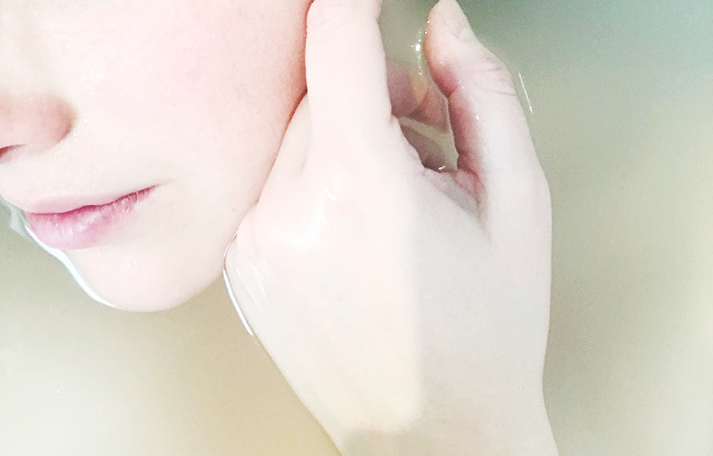
3. 피부 건강
임상, 미용 및 실험 피부의학(Clinical, Cosmetic and Investigational Dermatology)에 발표된 2017년 연구에 따르면, 글루타치온은 주름 생성을 줄이고 피부 탄력을 개선하는 데 도움이 될 수 있습니다.
기미 및 노화 : 글루타티온은 건강한 여성의 피부를 밝게 해줍니다. 어두운 색소(멜라닌)를 만드는 피부 세포의 활동을 감소시킵니다. 따라서 글루타티온은 노화와 함께 나타나는 어두운 피부 패치의 모양을 고르게 만드는 데 도움이 될 수 있습니다.
여드름 : 산화 스트레스는 여드름이 있는 사람들의 글루타티온을 낮춥니다. 글루타티온 수치를 높이면 산화 스트레스를 중화하고 피부 재생을 촉진하여 여드름을 제거할 수 있습니다.

4. 정신건강
불안, 우울증, 스트레스 - 연구에 따르면 불안, 우울증, 만성 스트레스가 있는 사람들은 글루타치온의 수치가 낮습니다. 글루타치온은 스트레스를 받는 동물의 우울증을 예방합니다.
강박 장애 및 정신분열증 - 정신분열증 환자 또한 글루타치온 수치가 낮습니다. 양극성 장애를 치료하는데 사용되는 여러 약물이 글루타치온 수치를 증가시켜 작용하기 때문에 자연적으로 이를 증가시키면 기분과 증상을 안정시키는데 도움이 될 수 있수 있습니다.
5.항노화
신체 내 글루타치온이 적으면 노화과정과 인지 기능 저하이 가속화될 수 있습니다. 여러 연구에서 신체가 나이가 나이가 들면서 글루타치온을 적게 생산한다는 사실이 밝혀졌습니다. 노인은 산화스트레스가 증가하면 뼈가 더 약해지고 골다공증으로 발전할 수가 있습니다.
글루타치온이 고갈된 세포는 손상되기 쉽고 노화가 가속됩니다. 연구에 따르면 글루타티온 합성을 개선하면 근육과 혈관 건강, 뼈 밀도 및 인지 기능에 좋은 영향을 미치므로 노화 관련 건강 문제를 예방할 수 있습니다.
6. 자폐증 및 ADHD
자폐증으로 진단받은 아이들은 자폐증이 없는 아이들보다 글루타티온 수치가 약 20-40% 낮습니다. ADHD 환자 또한 글루타치온 수치가 낮고 산화 스트레스 수치가 높습니다.
7. 장 건강
염증성 장질환 환자는 글루차티온 합성에 관여하는 효소의 활성이 감소합니다. 또한 시스테인의 수치가 낮은 성향이 있습니다. 글루타치온, 시스틴 및 셀레늄의 최적 수준은 내장 내벽을 강화할 수 있습니다.
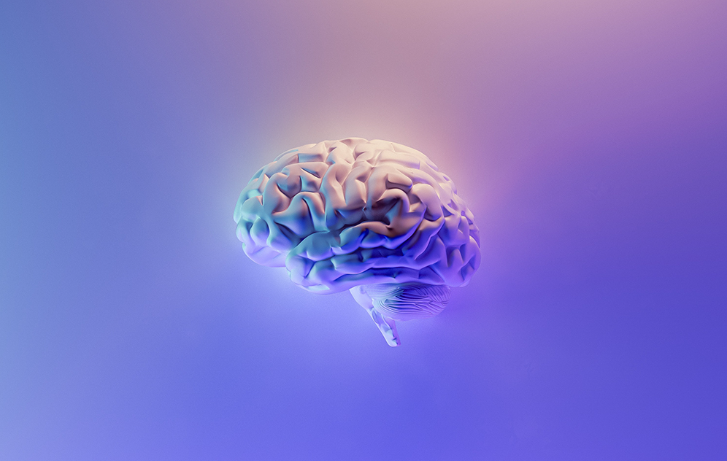
8. 뇌보호
뇌가 에너지를 위해 연료를 태우는 동안 활성산소는 지속적으로 생성됩니다. 뇌는 건강을 유지하기 위해 이 활성산소를 해독해야 하며 글루타치온은 중요한 역할을 합니다.
알츠하이머병 : 알츠하이머병은 부분적으로 산화 스트레스에 의해 발생합니다. 알츠하이머병에 걸린 쥐에서 글루타치온을 증가시키면 기억력이 향상되고 전반적인 증상이 개선될 수 있습니다.
파킨슨 병 : 글루타치온은 파킨슨병에서 도파민뉴런을 손상시키는 산화 스트레스를 퇴치하는데 도움이 될 수 있습니다. 한 연구에서 약물(3,4-dihydroxy-benzalacetone)은 글루타티온 수치를 증가시켜 파킨슨병을 예방했습니다.
9.감염 퇴치
바이러스에 감염되면 염증으로 인한 산화 스트레스가 글루타치온을 더 고갈시킵니다. 글루타치온이 고갈되면 면역세포는 감염체와 싸울 능력을 잃게 됩니다. 연구에 따르면 글루타치온 수치를 높이면 박테리아와 바이러스에 대한 면역 반응이 강화됩니다.
10.심장 건강 개선
심혈관 질환은 주로 심장 조직의 산화 스트레스에 의해 발생합니다. 글루타티온은 자유 라디칼을 감소시켜 뇌졸중이나 심장 마비를 예방할 수 있습니다.
— 연구는 글루타티온 수치를 증가시키면 심장 조직이 산화성 스트레스로부터 보호되기 때문에 심장마비 및 기타 심혈관 질환의 위험을 줄일 수 있다는 것을 보여주었습니다.
11. 당뇨병
제2형 당뇨병과 고혈당은 체내 글루타치온 수치를 낮춥니다. 결과적으로 심장 문제, 뇌 및 신경 손상과 같은 많은 합병증을 유발합니다. 글루타치온을 증가시키면 이러한 문제를 예방하거나 제한할 수 있습니다.
12. 신장건강
신장의 산화 스트레스는 경미한 신장문제부터 신부전증을 유발할 수 있습니다. 20명의 혈액 투석 환자를 대상으로 한 연구에서 글루타치온은 신장 기능을 개선하고 빈혈을 개선하였습니다.
13. 간보호
글루타티온은 간 질환을 유발할 수 있는 산화 스트레스를 중화시켜 간을 건강하게 유지합니다. 그것은 간을 해독하고 유황이 풍부한 항산화 경로를 보호하는 데 중요한 역할을 합니다.
14. 알콜중독
일부 연구에서는 글루타치온을 증가시켠 알콜/약물남용에 이르는 중독성 행동을 극복하는데 도움이 될 수 있다고 발혀졌습니다. 만성 알코올 남용은 간에서 글루타티온을 감소시킵니다. 금욕 중에 GSH 수치를 높이면 간 기능이 향상되었습니다. 알코올 남용은 또한 폐의 산화 스트레스를 증가시켜 종종 폐렴과 같은 감염으로 이어질 수 있습니다. 글루타티온은 산화 스트레스를 줄여 폐를 보호할 수 있습니다
15. 폐 및 기도
글루타티온 수치가 낮으면 기도의 염증을 증가시키고 천식을 유발할 수 있습니다. 천식이 있는 쥐에서 NAC로 글루타티온을 증가시키면 염증이 낮아지고 증상이 개선되었습니다.
만성 폐쇄성 폐질환(COPD)은 장기간의 산화 손상으로 인해 발생하는 폐 질환입니다. 글루타티온을 증가시키면 폐의 자유 라디칼 손상이 낮아져 COPD 발병 가능성이 감소합니다.
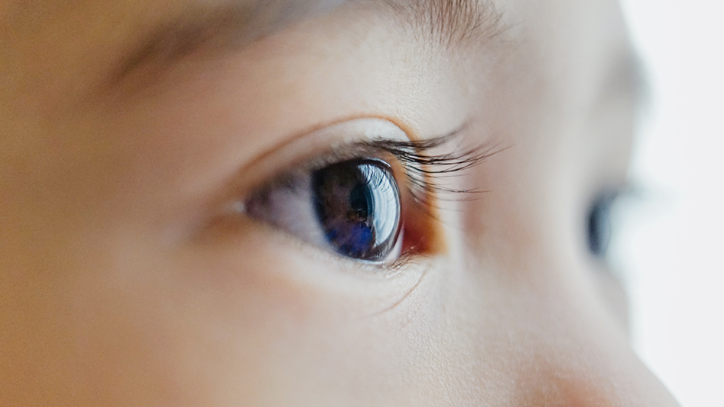
16. 눈건강
녹내장과 백내장은 점차 실명으로 이어질 수 있습니다. 산화 스트레스가 두 가지 모두의 기초가 되므로 글루타치온을 증가시키면 눈을 보호할 수 있습니다.
17.말초 동맥 질환을 앓고 있는 사람들의 이동성을 증가시키는 데 도움이 됩니다.
한 연구에 따르면, 글루타티온은 말초 동맥 질환을 앓고 있는 환자의 다리 동맥 순환을 개선하고 통증 없이 걸을 수 있는 거리(pain-free walking distance, PFWD)를 연장시키는 데 도움이 될 수 있습니다.
18.건선 치료에 도움
심상성 건선은 높은 수준의 산화 스트레스 및 전신 염증과 관련된 흔한 자가 면역 질환입니다. 연구에 따르면 유청 단백질을 섭취하여 글루타치온 수치를 높이면 건선 환자를 치료할 수 있습니다.
19.만성 신부전 환자의 빈혈 예방에 도움
연구에 따르면, 글루타티온은 신장 질환 환자의 빈혈 치료 및 관리에 유용한 화합물이기 때문에 만성 신부전으로 고통받고 혈액 투석 중인 환자의 적혈구 수치를 높이는 데 도움이 될 수 있습니다.
20. 운동 능력 향상
글루타티온은 근육 손상을 감소시킵니다. 또한 근력과 지구력을 높이고 더 많은 근육을 만들고 회복 시간을 줄입니다.
● 글루타치온은 구강점막을 통해 섭취해야 흡수율이 높을까요?
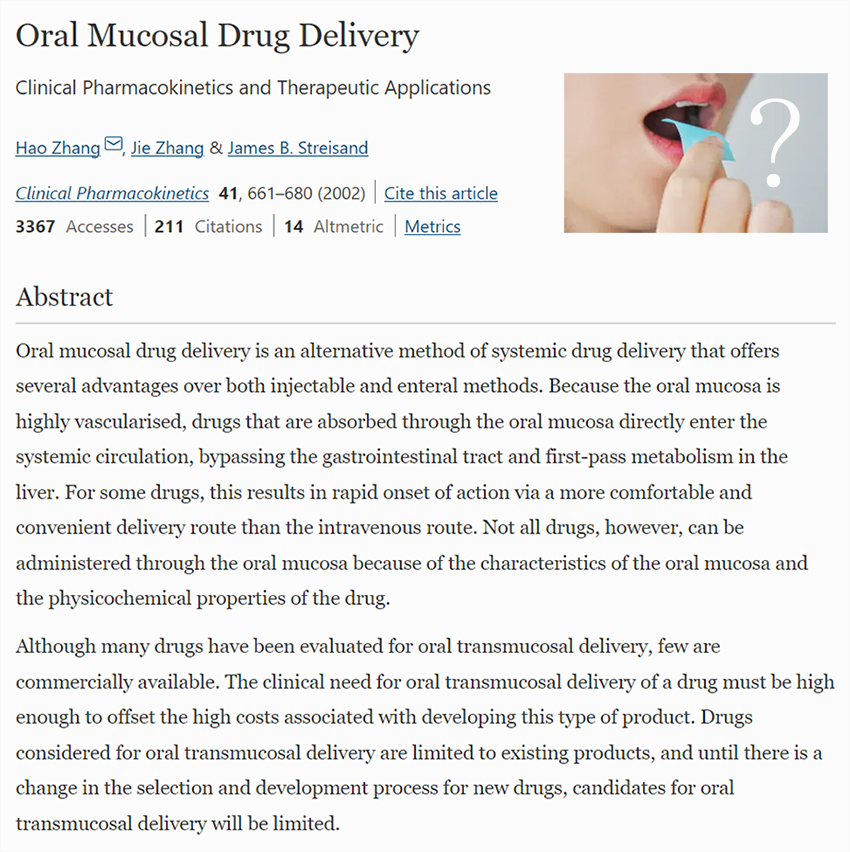
“경구 경점막 전달에 대해 많은 약물이 평가되었지만 상업적으로 이용 가능한 약물은 거의 없습니다.”
● 글루타치온의 결과를 보는 데 얼마나 걸리나요?
글루타치온의 이점을 보기 시작하려면 일반적으로 최소 3주가 걸립니다. 그러나 전반적인 건강 및 신진대사를 얼마나 일관되게 수행하느냐에 달려 있습니다.
● 글루타치온이 은밀한 신체 부위를 밝게 만들 수 있을까요?
글루타치온은 은밀하고 민감한 신체 부위를 하얗게 만드는 효과적인 항산화제입니다. 글루타치온과 비타민 C가 피부 세포 재생과 강력한 미백 작용을 제공하여 눈에 보이는 결과를 볼 수 있도록 도와줍니다.
● 출처
Wu, G., Fang, Y. Z., Yang, S., Lupton, J. R., & Turner, N. D. (2004). Glutathione metabolism and its implications for health. The Journal of nutrition, 134(3), 489-492. Full text: https://academic.oup.com/jn/article/134/3/489/4688681?utm_source=TrendMD&utm_medium=cpc&utm_campaign=J_Nutr_TrendMD_0
Morris, D., Guerra, C., Donohue, C., Oh, H., Khurasany, M., & Venketaraman, V. (2011). Unveiling the mechanisms for decreased glutathione in individuals with HIV infection. Clinical and developmental immunology, 2012. Full text: https://www.ncbi.nlm.nih.gov/pubmed/22242038
Adeoye, O., Olawumi, J., Opeyemi, A., & Christiania, O. (2018). Review on the role of glutathione on oxidative stress and infertility. JBRA assisted reproduction, 22(1), 61. Full text: https://www.ncbi.nlm.nih.gov/pubmed/29266896
Meister, A., Anderson, M. E., & Hwang, O. (1986). Intracellular cysteine and glutathione delivery systems. Journal of the American College of Nutrition, 5(2), 137-151. Full text: https://www.ncbi.nlm.nih.gov/pubmed/3722629
Fusco, D., Colloca, G., Monaco, M. R. L., & Cesari, M. (2007). Effects of antioxidant supplementation on the aging process. Clinical interventions in aging, 2(3), 377. Full text: https://www.ncbi.nlm.nih.gov/pmc/articles/PMC2685276/
Poon, H. F., Calabrese, V., Scapagnini, G., & Butterfield, D. A. (2004). Free radicals and brain aging. Clinics in geriatric medicine, 20(2), 329-359. Full text: https://www.ncbi.nlm.nih.gov/pubmed/15182885
Deponte, M. (2017). The incomplete glutathione puzzle: just guessing at numbers and figures?. Antioxidants & redox signaling, 27(15), 1130-1161. Full text: https://www.ncbi.nlm.nih.gov/pmc/articles/PMC5661824/
Enns, G., & Cowan, T. (2017). Glutathione as a redox biomarker in mitochondrial disease—Implications for therapy. Journal of clinical medicine, 6(5), 50. Full text: https://www.ncbi.nlm.nih.gov/pmc/articles/PMC5447941/
Ribas, V., García-Ruiz, C., & Fernández-Checa, J. C. (2014). Glutathione and mitochondria. Frontiers in pharmacology, 5, 151. Full text: https://www.ncbi.nlm.nih.gov/pmc/articles/PMC4079069/
Weschawalit, S., Thongthip, S., Phutrakool, P., & Asawanonda, P. (2017). Glutathione and its antiaging and antimelanogenic effects. Clinical, cosmetic and investigational dermatology, 10, 147. Full text: https://www.ncbi.nlm.nih.gov/pmc/articles/PMC5413479/
Sonthalia, S., Jha, A. K., Lallas, A., Jain, G., & Jakhar, D. (2018). Glutathione for skin lightening: a regnant myth or evidence-based verity?. Dermatology practical & conceptual, 8(1), 15. Full text: https://www.ncbi.nlm.nih.gov/pmc/articles/PMC5808366/
Prussick, R., Prussick, L., & Gutman, J. (2013). Psoriasis improvement in patients using glutathione-enhancing, nondenatured whey protein isolate: a pilot study. The Journal of clinical and aesthetic dermatology, 6(10), 23. Full text: https://www.ncbi.nlm.nih.gov/pmc/articles/PMC3805302/
Mandal, P. K., Shukla, D., Tripathi, M., & Ersland, L. (2019). Cognitive Improvement with Glutathione Supplement in Alzheimer’s Disease: A Way Forward. Journal of Alzheimer's Disease, (Preprint), 1-5. Full text: https://www.ncbi.nlm.nih.gov/pubmed/30776003
Saharan, S., & Mandal, P. K. (2014). The emerging role of glutathione in Alzheimer's disease. Journal of Alzheimer's Disease, 40(3), 519-529. Full text: https://www.ncbi.nlm.nih.gov/pubmed/24496077
Kerstholt, M., Vrijmoeth, H., Lachmandas, E., Oosting, M., Lupse, M., Flonta, M., ... & Joosten, L. A. (2018). Role of glutathione metabolism in host defense against Borrelia burgdorferi infection. Proceedings of the National Academy of Sciences, 115(10), E2320-E2328. Full text: https://www.ncbi.nlm.nih.gov/pmc/articles/PMC5877983/
Mischley, L. K., Lau, R. C., Shankland, E. G., Wilbur, T. K., & Padowski, J. M. (2017). Phase IIb study of intranasal glutathione in Parkinson’s disease. Journal of Parkinson's disease, 7(2), 289-299. Full text: https://www.ncbi.nlm.nih.gov/pmc/articles/PMC5438472/
Leopold, J. A. (2015). Antioxidants and coronary artery disease: from pathophysiology to preventive therapy. Coronary artery disease, 26(2), 176. Full text: https://www.ncbi.nlm.nih.gov/pmc/articles/PMC4315737/
Blankenberg, S., Rupprecht, H. J., Bickel, C., Torzewski, M., Hafner, G., Tiret, L., ... & Lackner, K. J. (2003). Glutathione peroxidase 1 activity and cardiovascular events in patients with coronary artery disease. New England Journal of Medicine, 349(17), 1605-1613. Full text: https://www.nejm.org/doi/full/10.1056/NEJMoa030535#t=article
Diotallevi, M., Checconi, P., Palamara, A. T., Celestino, I., Coppo, L., Holmgren, A., ... & Ghezzi, P. (2017). Glutathione fine-tunes the innate immune response toward antiviral pathways in a macrophage cell line independently of its antioxidant properties. Frontiers in immunology, 8, 1239. Full text: https://www.ncbi.nlm.nih.gov/pmc/articles/PMC5626850/
Perricone, C., De Carolis, C., & Perricone, R. (2009). Glutathione: a key player in autoimmunity. Autoimmunity reviews, 8(8), 697-701. Full text: https://www.ncbi.nlm.nih.gov/pubmed/19393193
Guerra, C., Morris, D., Sipin, A., Kung, S., Franklin, M., Gray, D., ... & Venketaraman, V. (2011). Glutathione and adaptive immune responses against Mycobacterium tuberculosis infection in healthy and HIV infected individuals. PLoS One, 6(12), e28378. Full text: https://www.ncbi.nlm.nih.gov/pubmed/22164280
Richie, J. P., Nichenametla, S., Neidig, W., Calcagnotto, A., Haley, J. S., Schell, T. D., & Muscat, J. E. (2015). Randomized controlled trial of oral glutathione supplementation on body stores of glutathione. European journal of nutrition, 54(2), 251-263. Full text: https://www.ncbi.nlm.nih.gov/pubmed/24791752
Morris, D., Khurasany, M., Nguyen, T., Kim, J., Guilford, F., Mehta, R., ... & Venketaraman, V. (2013). Glutathione and infection. Biochimica et Biophysica Acta (BBA)-General Subjects, 1830(5), 3329-3349. Full text: https://www.ncbi.nlm.nih.gov/pubmed/23089304
Aoi, W., Ogaya, Y., Takami, M., Konishi, T., Sauchi, Y., Park, E. Y., ... & Higashi, A. (2015). Glutathione supplementation suppresses muscle fatigue induced by prolonged exercise via improved aerobic metabolism. Journal of the International Society of Sports Nutrition, 12(1), 7. Full text: https://www.ncbi.nlm.nih.gov/pmc/articles/PMC4328900/
McKinley-Barnard, S., Andre, T., Morita, M., & Willoughby, D. S. (2015). Combined L-citrulline and glutathione supplementation increases the concentration of markers indicative of nitric oxide synthesis. Journal of the International Society of Sports Nutrition, 12(1), 27. Full text: https://www.ncbi.nlm.nih.gov/pubmed/26097441
Kern, J. K., Geier, D. A., Adams, J. B., Garver, C. R., Audhya, T., & Geier, M. R. (2011). A clinical trial of glutathione supplementation in autism spectrum disorders. Medical science monitor: international medical journal of experimental and clinical research, 17(12), CR677. Full text: https://www.ncbi.nlm.nih.gov/pubmed/22129897
Koutakis, P., Ismaeel, A., Farmer, P., Purcell, S., Smith, R. S., Eidson, J. L., & Bohannon, W. T. (2018). Oxidative stress and antioxidant treatment in patients with peripheral artery disease. Physiological reports, 6(7), e13650. Full text: https://www.ncbi.nlm.nih.gov/pmc/articles/PMC5880878/
Arosio, E., De Marchi, S., Zannoni, M., Prior, M., & Lechi, A. (2002, August). Effect of glutathione infusion on leg arterial circulation, cutaneous microcirculation, and pain-free walking distance in patients with peripheral obstructive arterial disease: a randomized, double-blind, placebo-controlled trial. In Mayo Clinic Proceedings (Vol. 77, No. 8, pp. 754-759). Elsevier. Full text: https://www.ncbi.nlm.nih.gov/pubmed/12173710
Turgut, T., İlhan, N., Deveci, F., Akpolat, N., Erden, E. Ş., & Muz, M. H. (2014). Glutathione and nitrite levels in induced sputum at COPD patients and healthy smokers. Journal of thoracic disease, 6(6), 765. Full text: https://www.ncbi.nlm.nih.gov/pmc/articles/PMC4073373/
Morris, P. E., & Bernard, G. R. (1994). Significance of glutathione in lung disease and implications for therapy. The American journal of the medical sciences, 307(2), 119-127. Full text: https://www.ncbi.nlm.nih.gov/pubmed/8141138
Brown, L. A., Perez, J. A., Harris, F. L., & Clark, R. H. (1996). Glutathione supplements protect preterm rabbits from oxidative lung injury. American Journal of Physiology-Lung Cellular and Molecular Physiology, 270(3), L446-L451. Full text: https://www.physiology.org/doi/abs/10.1152/ajplung.1996.270.3.L446
Aranow, C. (2011). Vitamin D and the immune system. Journal of investigative medicine, 59(6), 881-886. Full text: https://www.ncbi.nlm.nih.gov/pmc/articles/PMC3166406/
Jain, S. K., Parsanathan, R., Achari, A. E., Kanikarla-Marie, P., & Bocchini Jr, J. A. (2018). Glutathione stimulates vitamin D regulatory and glucose-metabolism genes, lowers oxidative stress and inflammation, and increases 25-hydroxy-vitamin D levels in blood: a novel approach to treat 25-hydroxyvitamin D deficiency. Antioxidants & redox signaling, 29(17), 1792-1807. Full text: https://www.ncbi.nlm.nih.gov/pubmed/30160165
Chen, M. F., Chen, L. T., & Boyce Jr, H. W. (1995). Cruciferous vegetables and glutathione: their effects on colon mucosal glutathione level and colon tumor development in rats induced by DMH. Full text: https://www.ncbi.nlm.nih.gov/pubmed/7739917
Richie, J. P., Nichenametla, S., Neidig, W., Calcagnotto, A., Haley, J. S., Schell, T. D., & Muscat, J. E. (2015). Randomized controlled trial of oral glutathione supplementation on body stores of glutathione. European journal of nutrition, 54(2), 251-263.https://www.ncbi.nlm.nih.gov/pubmed/24791752
